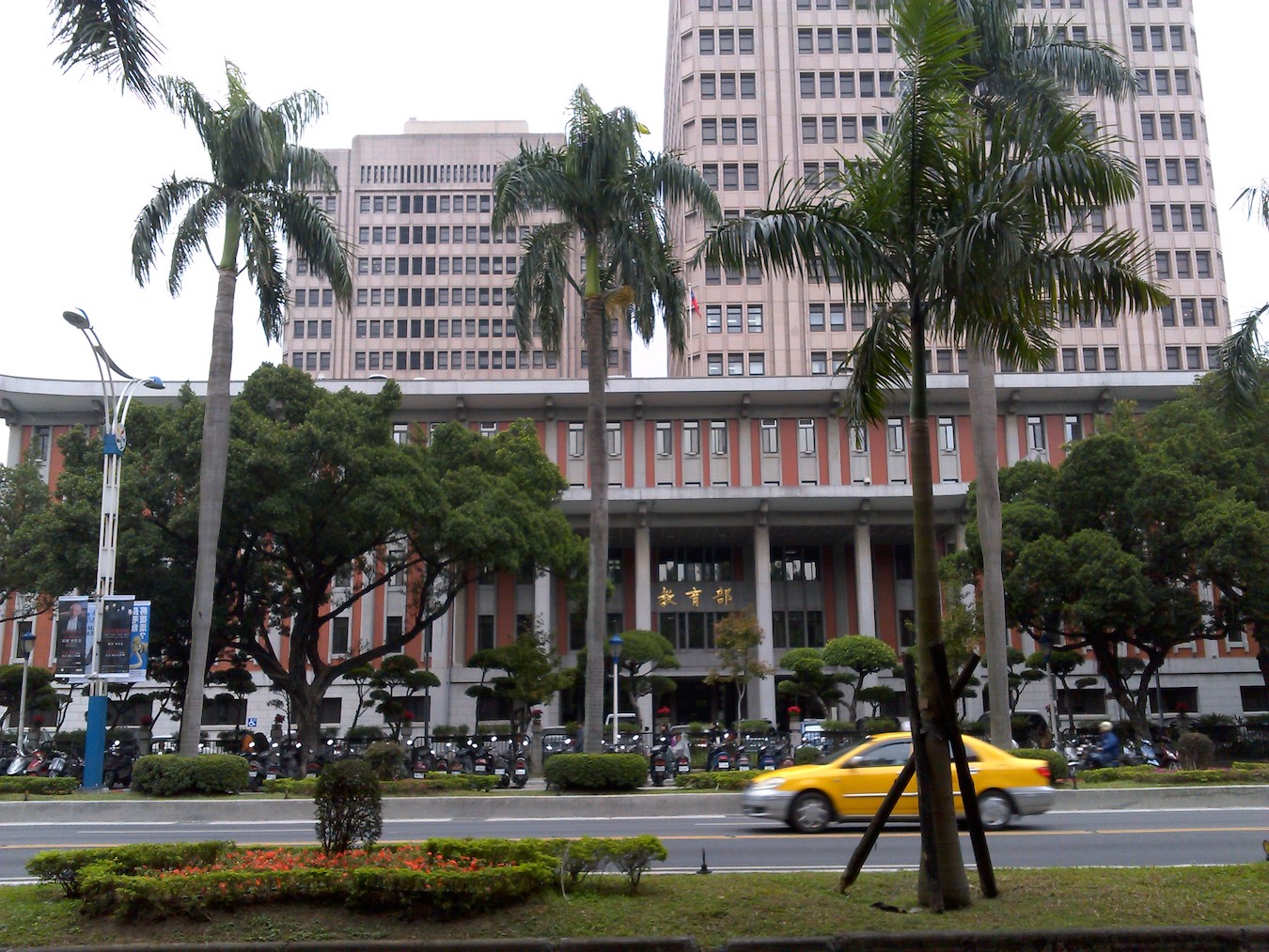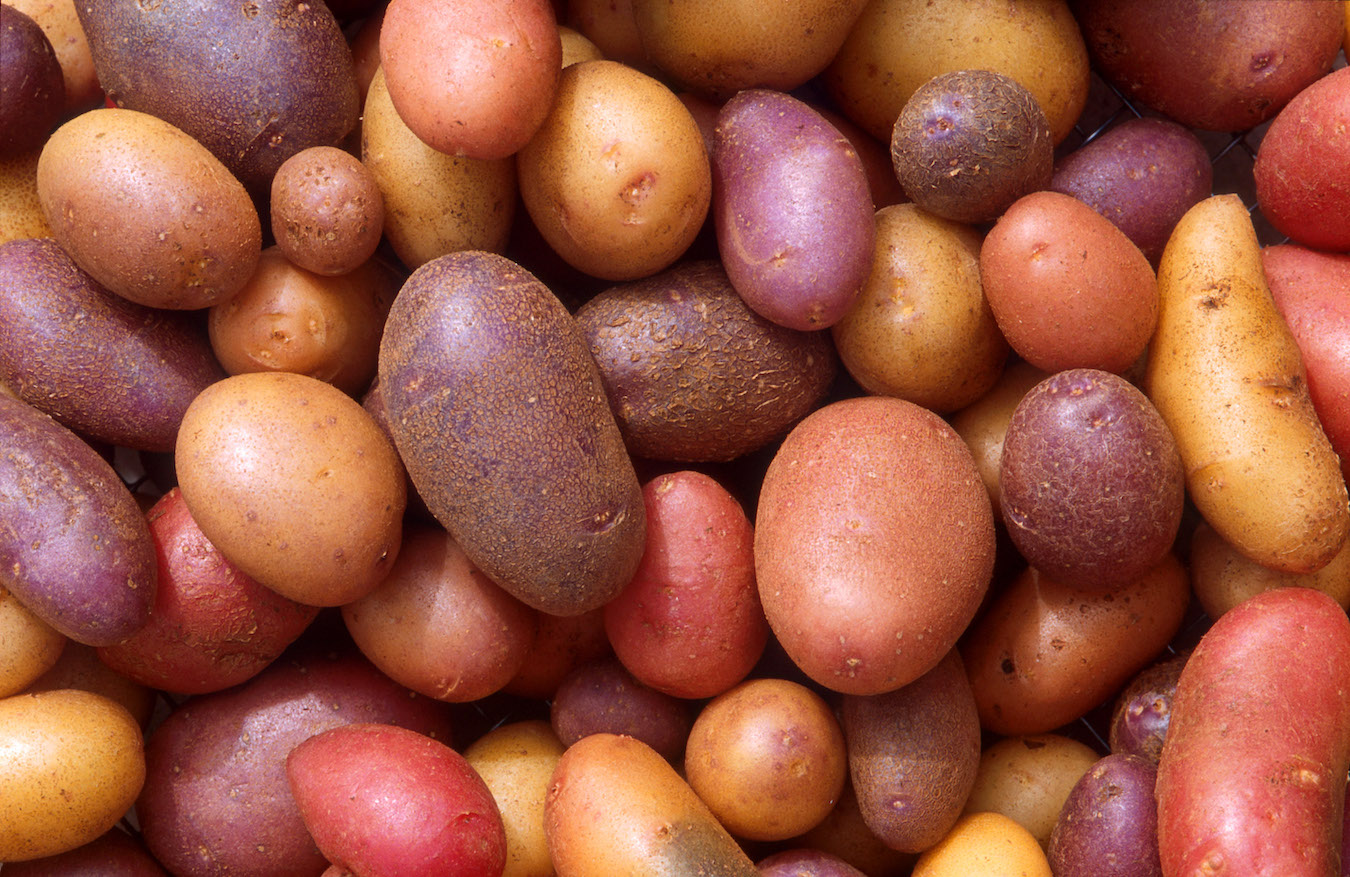by Brian Hioe
語言:
English
Photo Credit: Scott Bauer, USDA ARS/Public Domain
MINISTER OF EDUCATION Pan Wen-chung was questioned last month over Taiwanese education textbooks that used 土豆, the PRC word for “potato”, to describe the vegetable instead of the more commonly used 馬鈴薯. By contrast, 土豆 refers to “peanut” in a Taiwanese context.
The incident brings up a number of issues. For one, Taiwanese Mandarin and PRC Mandarin can substantially differ. Apart from the names of even common vegetables, many terms for modern technologies differ. In the past, there were concerns raised over that Taiwanese young people starting to use PRC terms such as 視頻 for videos instead of the more common 影片, due to using Douyin/TikTok, Xiaohongshu, or other Chinese platforms.
Such fears raise not only anxieties about the loss of cultural specificity because of influence China, but also the possibility that the consumption of Chinese media by young people, particularly members of Gen Z, could lead to their uncritically swallowing pro-China disinformation/misinformation. Otherwise, it is feared that despite being more social media-savvy, members of Gen Z that did not witness the political and economic rise of China in their lifetimes could develop idealized, rose-tinted views of China in a way that leads to political identification with China.
One notes that linguistic and cultural interchange is normal. It is hardly the first time in past decades that Chinese terms are adapted in Taiwan or, in fact, vice-versa, that China picks up on terms originally from Taiwan.

Ministry of Education. Photo credit: Foxy Who \(^∀^)//WikiCommons/CC BY-SA 3.0
Yet, to this extent, there is particular concern about the political views among young people that curricula and educational materials could engender. It is thought, for example, that the institution of more pro-Taiwan textbooks that focused more on Taiwanese history and culture rather than privileging Chinese dynastic history had a role in the pro-Taiwan views of the current generation of Taiwanese young people. This became an issue of significant enough contention in 2015 that high schoolers occupied the Ministry of Education for a week over attempts by the then-ruling Ma administration to remove these textbook changes.
The use of Chinese vocabulary in textbooks may raise political concerns, such as if the creators of textbooks are hoping to promote pro-China views. But cost-cutting leads to the outsourcing of the production of educational materials in a manner that sometimes is a race to the bottom. Companies may rely on outside editors or writers, even when this leads to errors. As such, this may be why errors in language find their way into textbooks.
Older individuals too, such as textbook writers, may be consuming a great deal of Chinese media in the form of television, movies, or news articles which leads to PRC Mandarin finding its way into textbooks, or elsewhere. For example, apart from controversies about vocabulary in textbooks, one has seen controversies in the past about the use of simplified characters, when this appears in street signs or in other public venues.
The controversial textbook in question was a biology textbook from the Kang Hsuan Educational Publishing Group, a Taiwanese company, for seventh graders. For its part, the company claims that it will correct its mistakes. But the issues that the incident raises do not end with merely textbooks.



